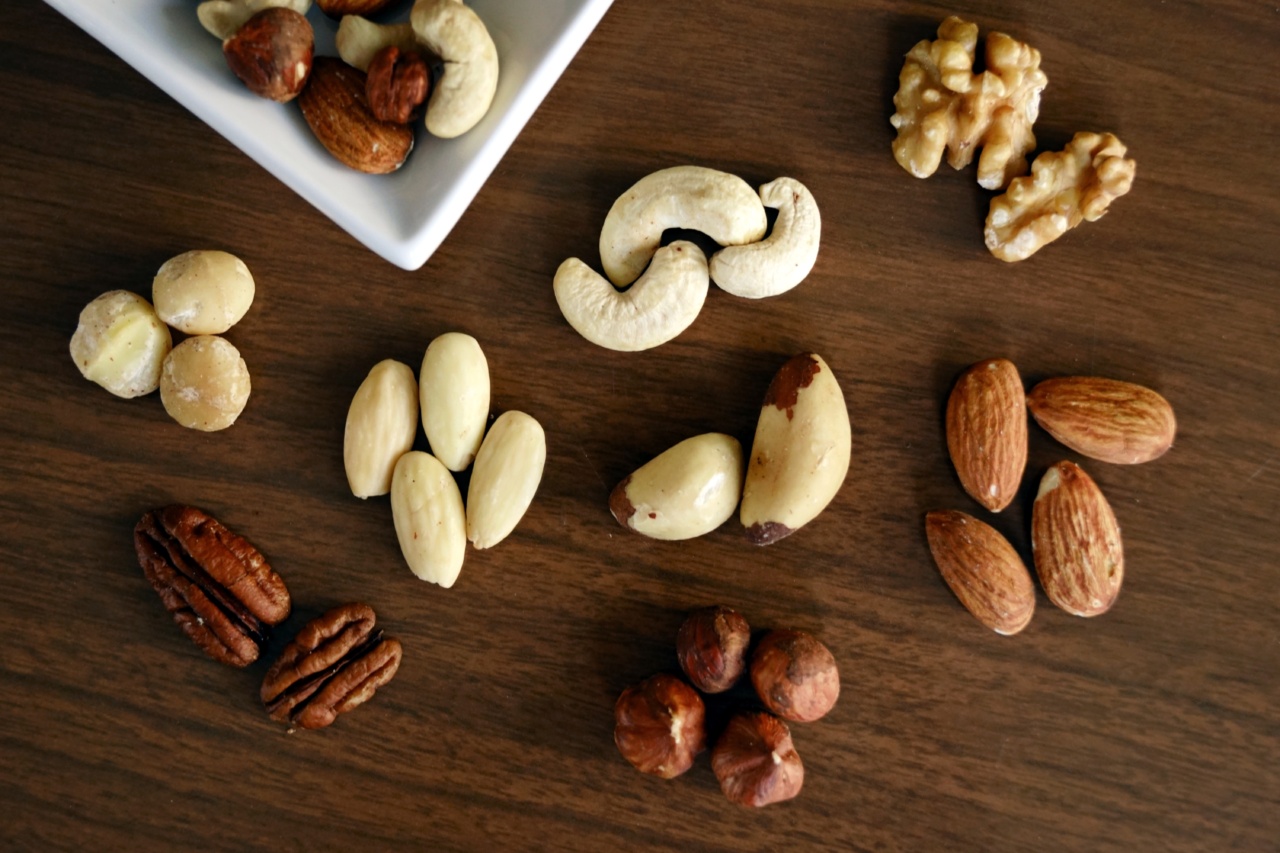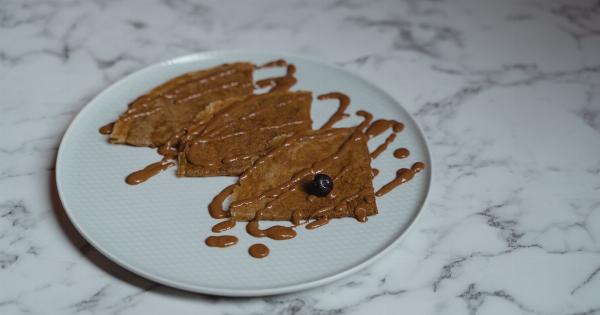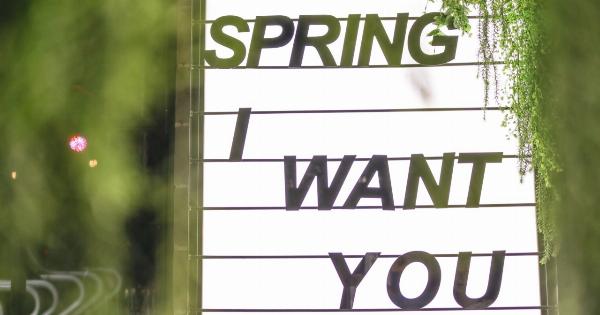Cashew nuts are among the most common causes of food allergies, which can severely affect the quality of life and even lead to life-threatening anaphylaxis in some cases.
While avoidance of cashews and other nuts is the current standard of care, researchers are actively exploring other methods for managing cashew allergy symptoms, including immunotherapy with strawberry.
Overview of cashew nut allergy
Cashew allergy is a hypersensitivity reaction to the proteins found in cashew nuts.
Symptoms of cashew allergies can range from mild to life-threatening, including itchy skin and eyes, hives, swelling of the face, tongue and throat, difficulty breathing, and anaphylaxis, which requires immediate medical attention. There are no effective treatments for cashew allergies, and the only solution currently available is complete avoidance of cashews and other tree nuts.
What is immunotherapy?
Immunotherapy is a technique that aims to modify the immune response to a particular allergen, such as cashews, by administering increasing doses of the allergen over a period of time.
The goal is to train the immune system to become tolerant to the allergen, ultimately reducing or eliminating the allergic symptoms triggered by exposure to the allergen. Immunotherapy can be administered via various routes, including subcutaneous injections, sublingual immunotherapy, and oral immunotherapy.
Why use strawberries for immunotherapy?
Strawberries are a source of a protein called Fra a 1, which is similar in structure to the allergenic proteins found in cashews.
The idea behind using strawberries for immunotherapy is that the body’s immune system can be fooled into thinking it is being exposed to cashew allergens when it is actually being exposed to strawberry proteins. In this way, the immune system can become desensitized to the cashew allergens and stop overreacting to them, ultimately reducing or eliminating the symptoms of cashew allergies.
How strawberry immunotherapy for cashew allergy works
Strawberry immunotherapy for cashew allergy typically involves daily ingestion of a powder made from freeze-dried strawberries containing Fra a 1 protein, starting with a low dose and gradually increasing the dose over several weeks or months.
The goal is to reach a maintenance dose, which is the highest dose at which the patient does not experience any allergic reactions. The patient continues to take this maintenance dose for several years, after which the treatment can be stopped, and the patient should have gained long-term tolerance to cashew proteins.
Efficacy of strawberry immunotherapy for cashew allergy
The effectiveness of strawberry immunotherapy for cashew allergy has been shown in several studies. One study involved 20 children with cashew allergies who received oral immunotherapy with a strawberry powder containing Fra a 1 protein.
After an average of 18 months of treatment, 80% of the children were able to tolerate the equivalent of two cashew nuts without experiencing any allergic symptoms. Another study involved 13 adults with cashew allergies who received sublingual immunotherapy with a strawberry extract containing Fra a 1 protein.
After an average of 34 months of treatment, 77% of the adults were able to tolerate the equivalent of two cashew nuts without experiencing any allergic symptoms.
Is strawberry immunotherapy safe?
While the long-term safety of strawberry immunotherapy is not yet fully understood, most studies have reported that the treatment is safe and well-tolerated.
Common side effects of strawberry immunotherapy include itching in the mouth, throat, and ears, as well as gastrointestinal symptoms such as nausea, vomiting, and diarrhea. These side effects usually occur during the initial phase of treatment and tend to subside as the dose is increased.
There is a risk of anaphylaxis with any form of immunotherapy, and patients should be closely monitored by a healthcare professional during treatment.
Conclusion
In summary, cashew allergy is a common and potentially life-threatening condition for which currently the only treatment is avoidance of cashews and other tree nuts.
Strawberry immunotherapy has emerged as a promising alternative treatment that aims to modify the immune response to cashew allergens.
While the efficacy and long-term safety of the treatment are still being studied, the available evidence suggests that strawberry immunotherapy can significantly reduce the symptoms of cashew allergies and lead to long-term tolerance of cashew proteins.




























